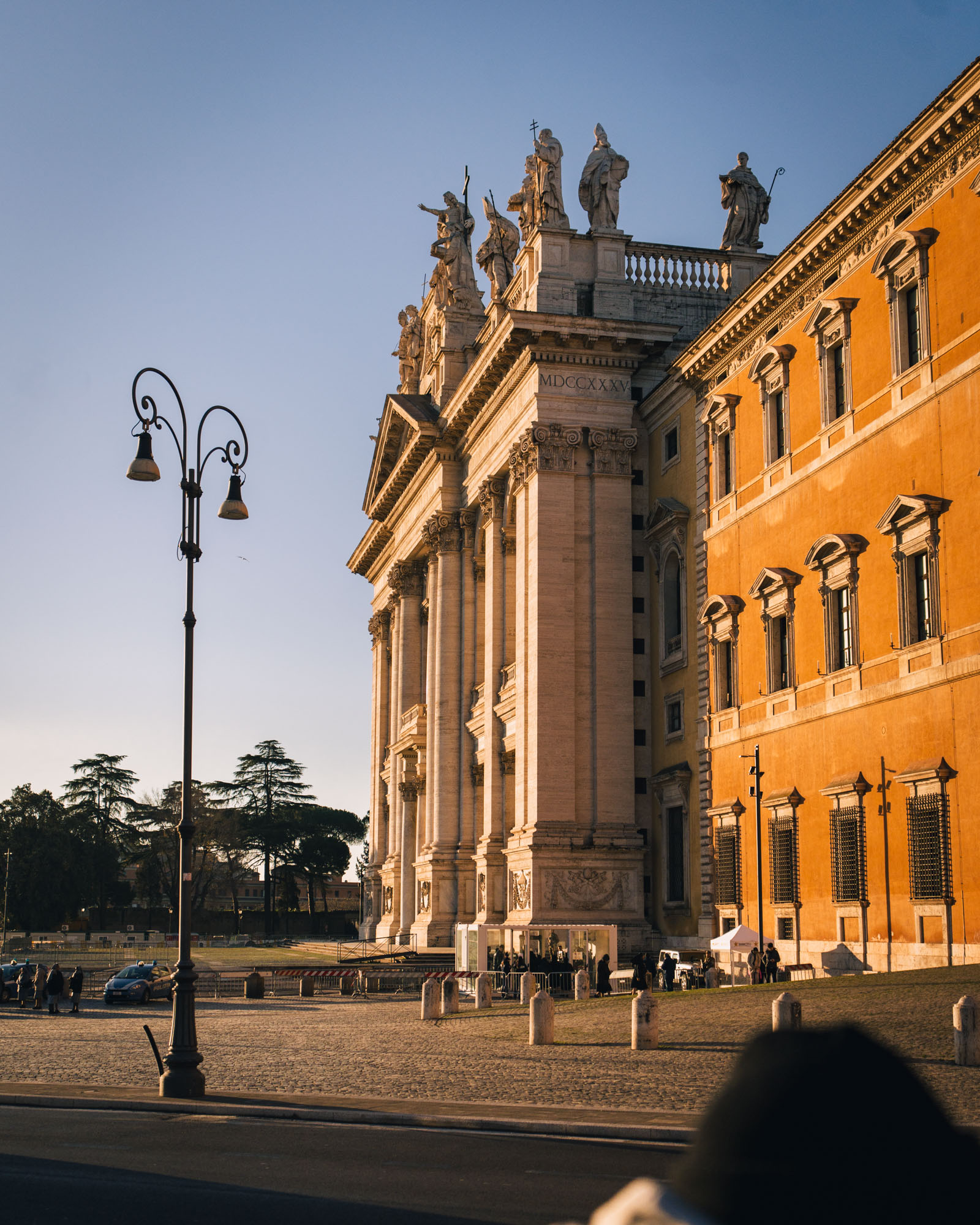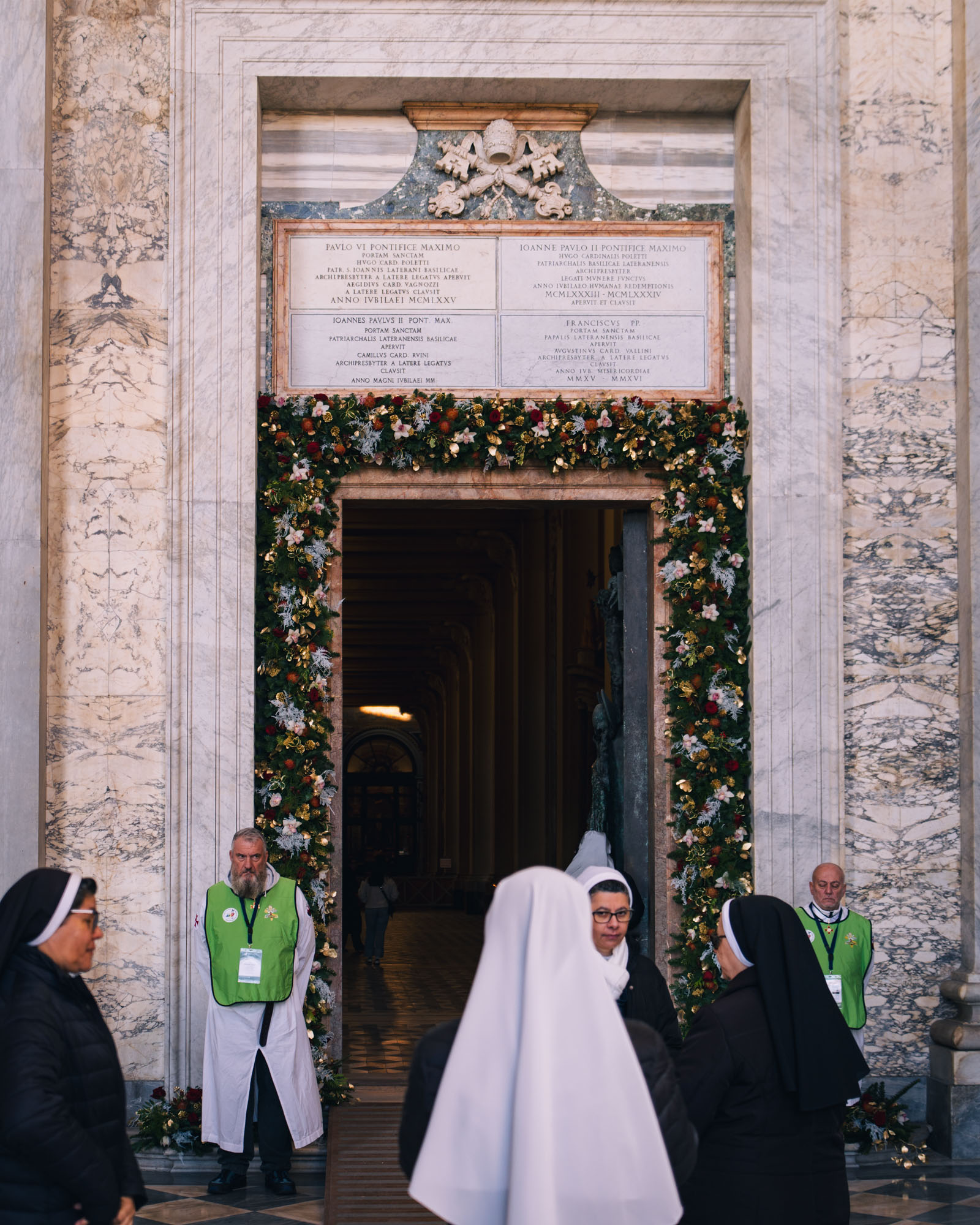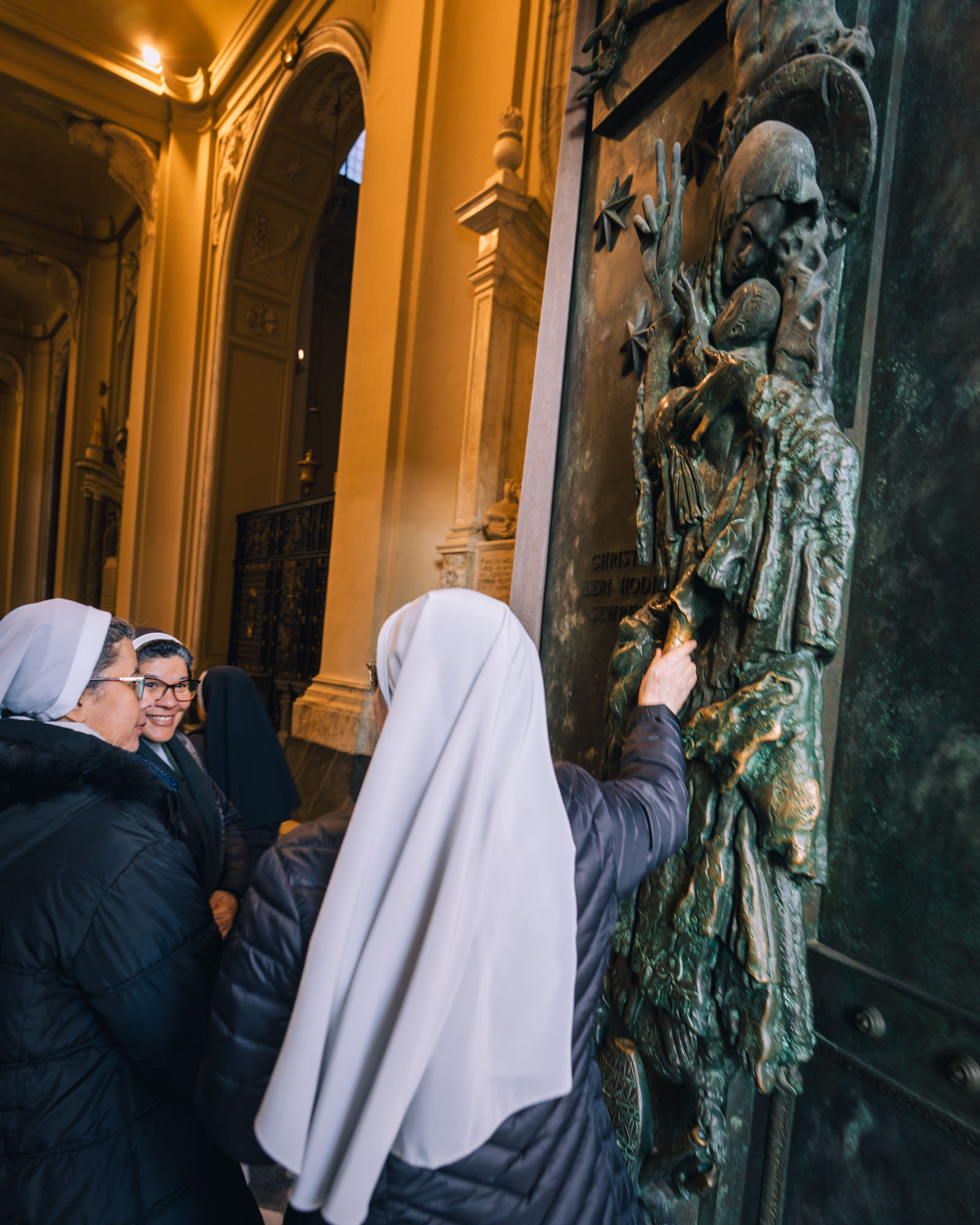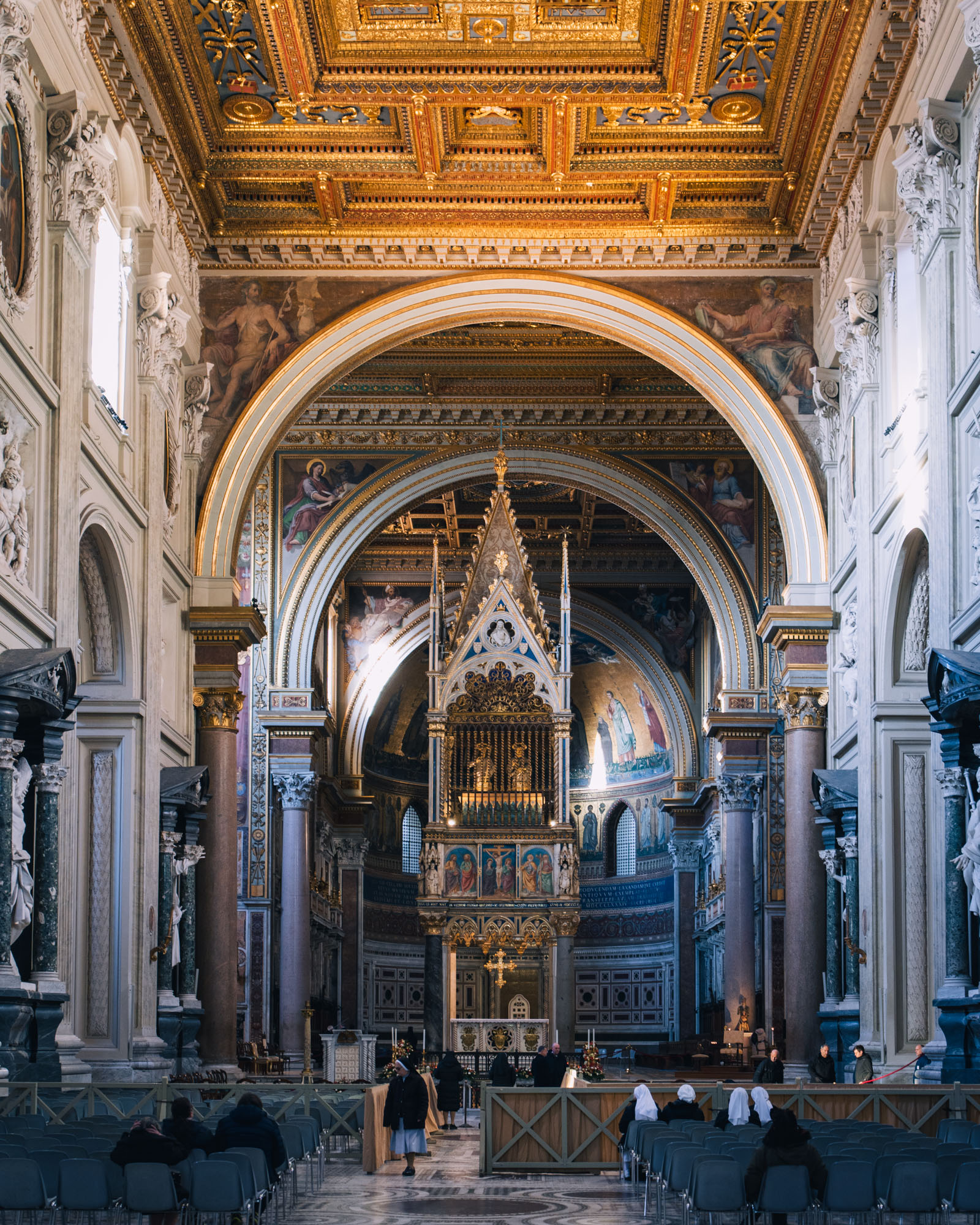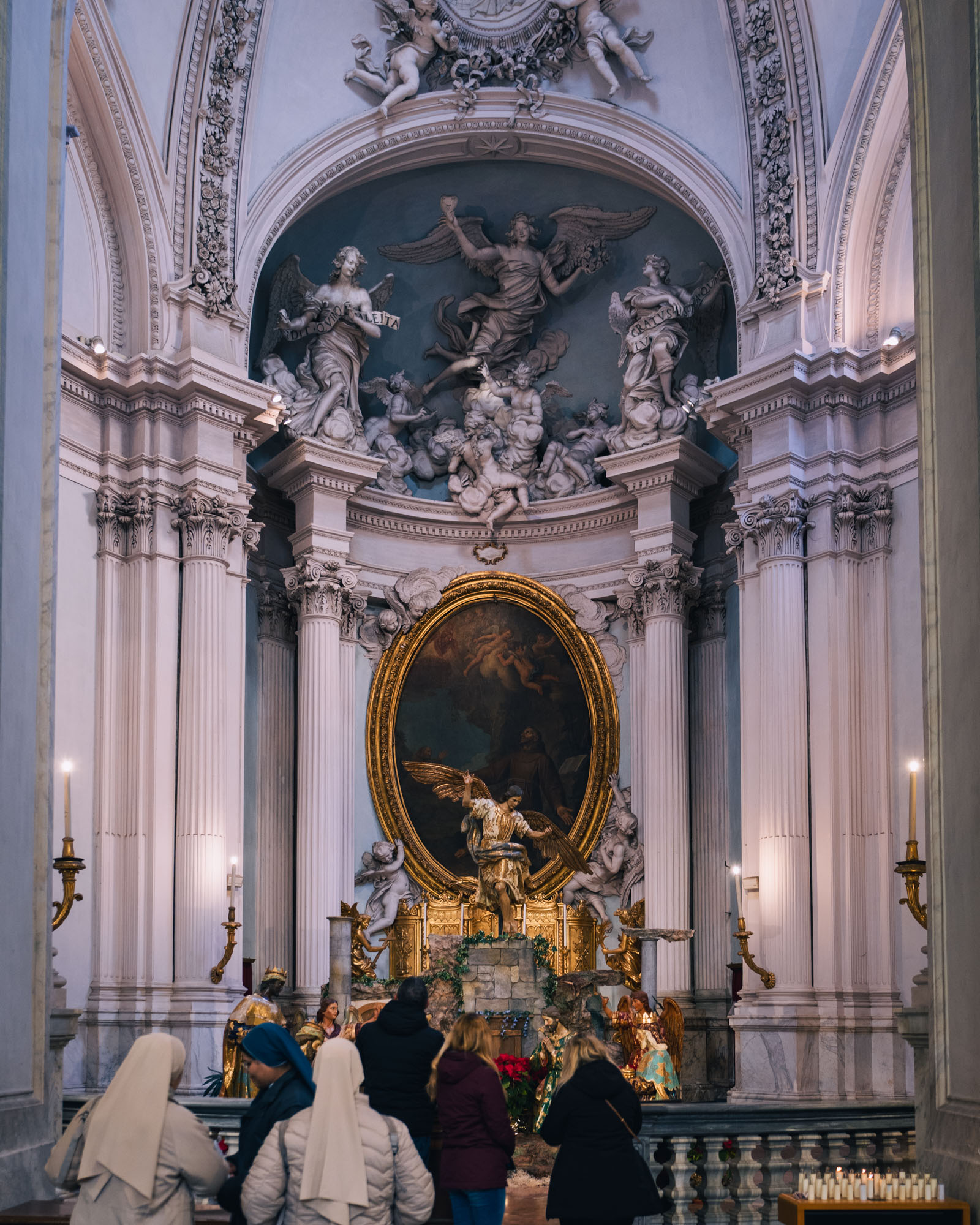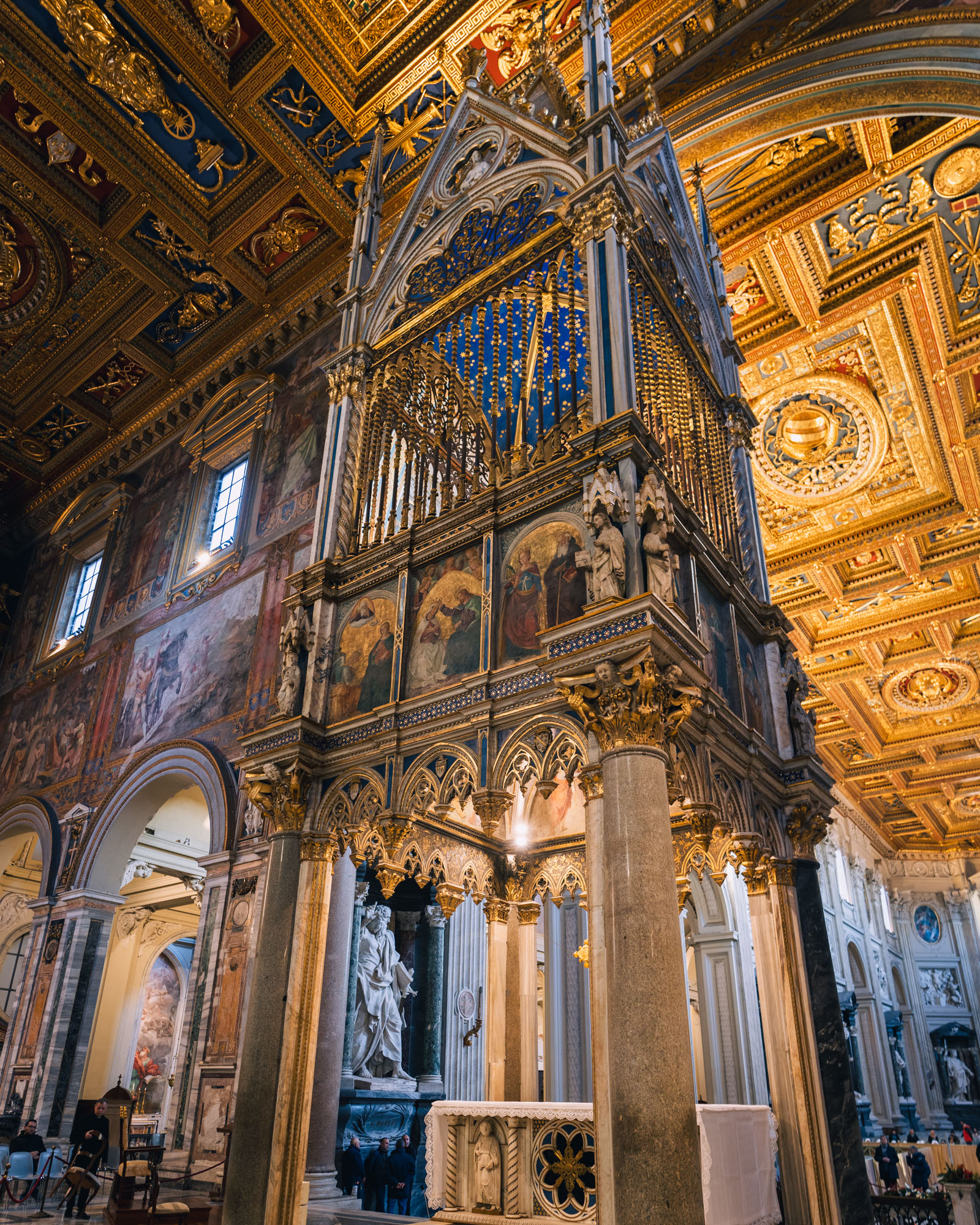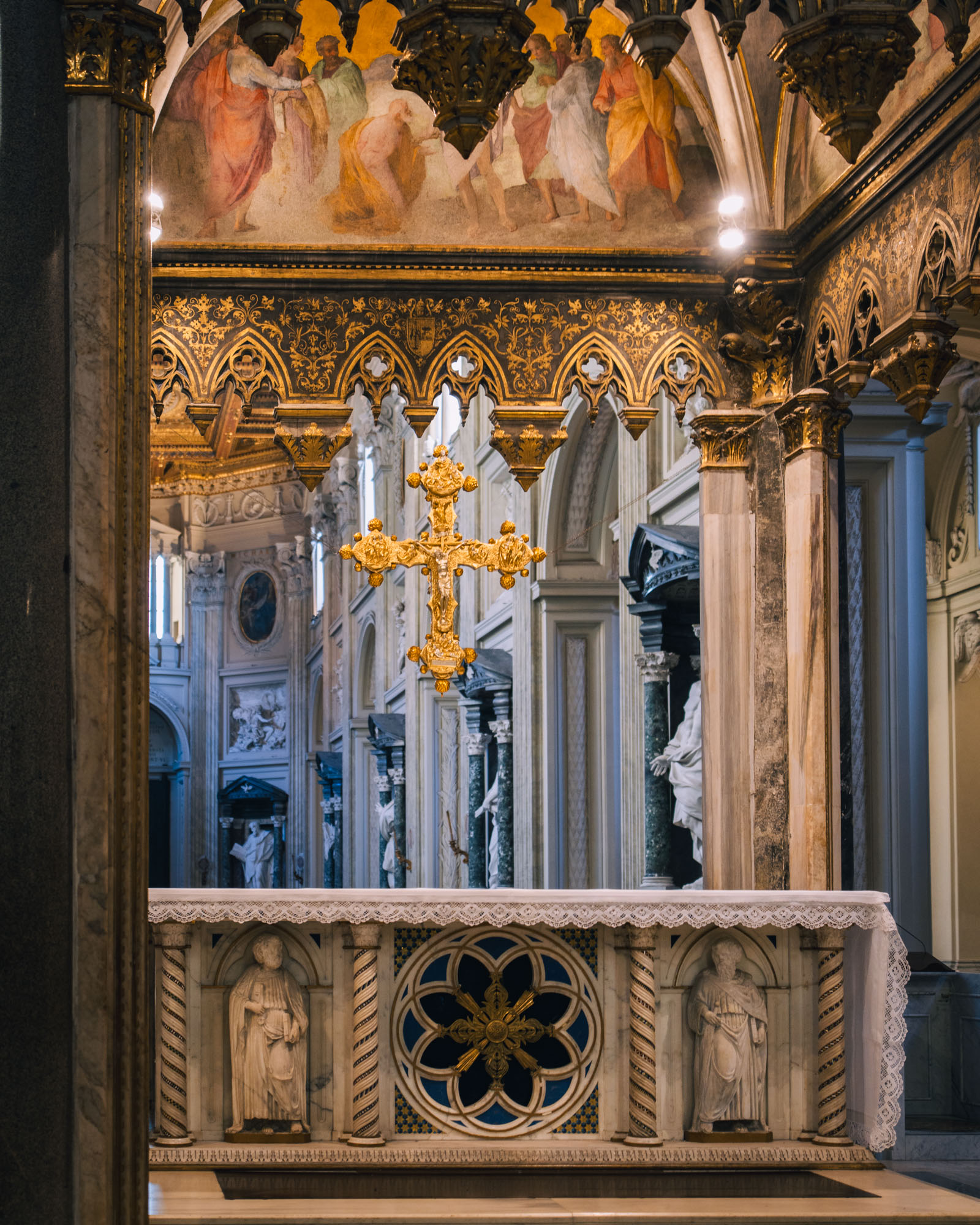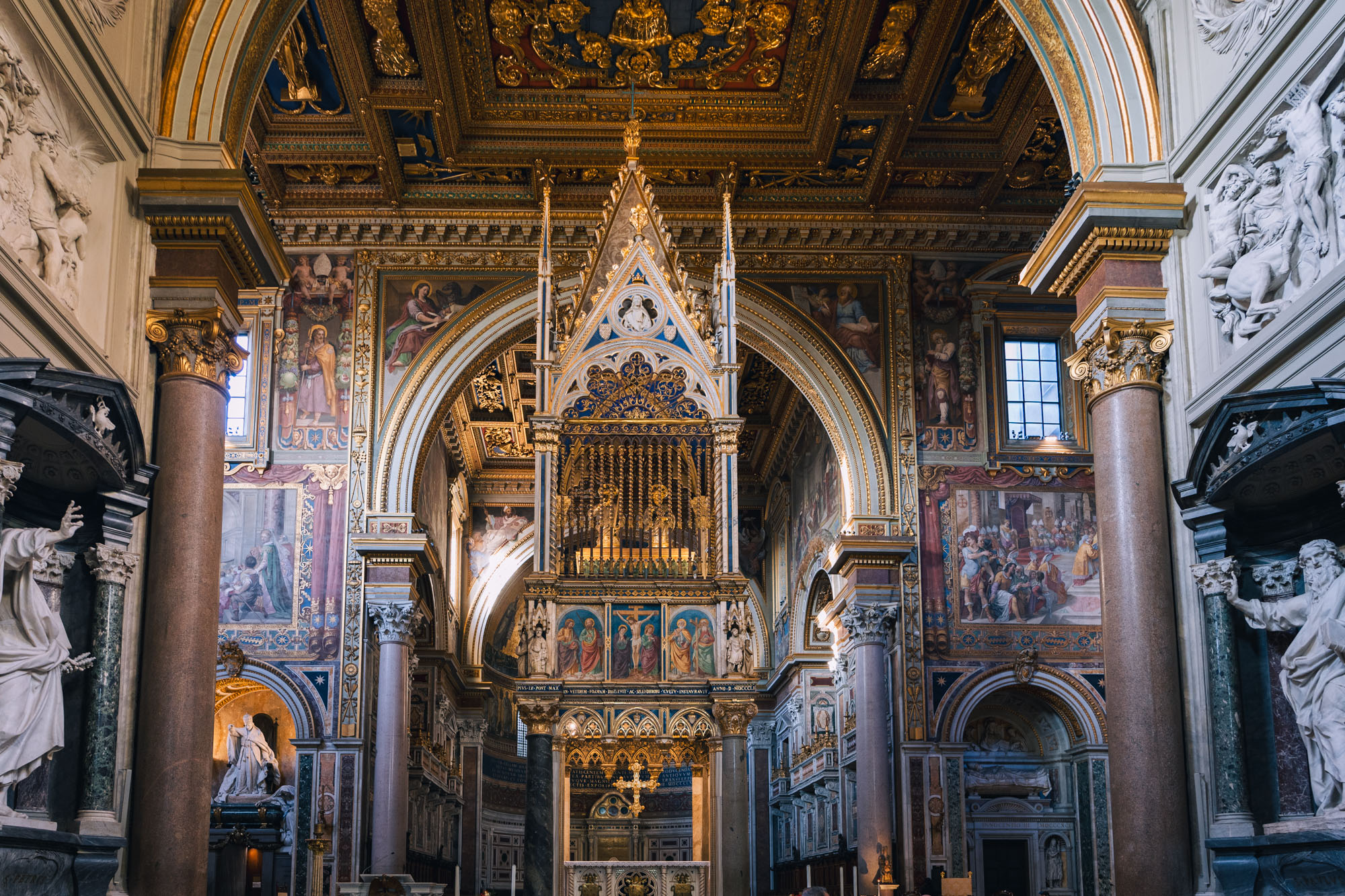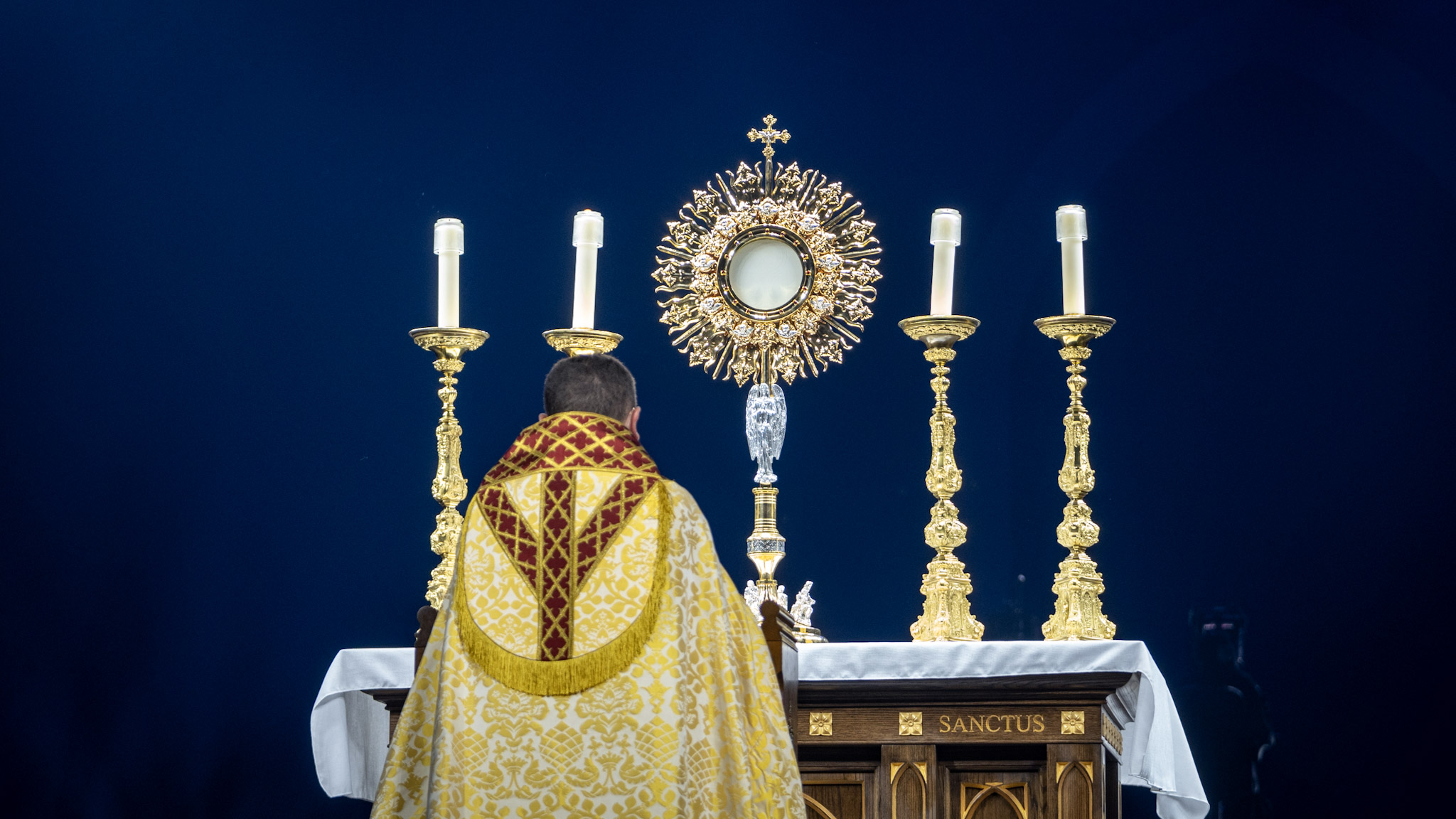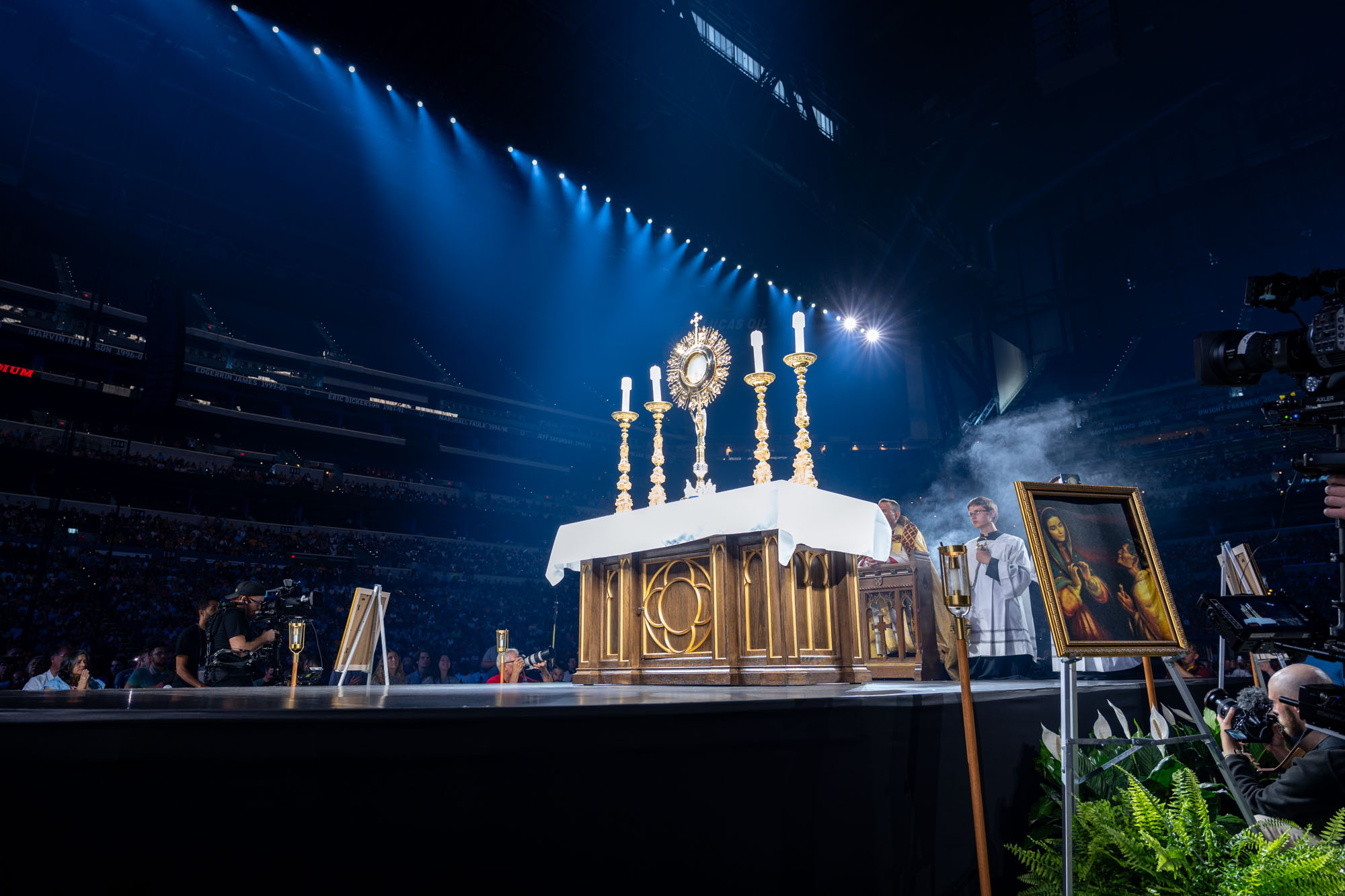The Archbasilica of Saint John Lateran
For Catholics around the world, the Archbasilica of Saint John Lateran holds a place of profound significance. It is not merely one of Rome’s many beautiful churches; it is the Cathedral of the Bishop of Rome, the Pope, and as such, it holds the title of “Mother and Head of all churches in Rome and in the world.” To understand its importance is to delve into the rich history and traditions that have shaped its identity over centuries.
1. Why is St. John Lateran Important?
The Archbasilica of Saint John Lateran stands as a testament to the enduring legacy of the Catholic faith. Its significance stems from several key factors:
- Seat of the Bishop of Rome: As the Pope’s cathedral, it symbolizes his authority and pastoral role as the successor of St. Peter.
- Mother Church: The inscription on the basilica’s facade, “Omnium ecclesiarum Urbis et Orbis mater et caput,” proclaims it as the mother and head of all churches in the city and the world, emphasizing its primacy within the Catholic Church.
- Historical Significance: The basilica’s history is intertwined with the very beginnings of Christianity in Rome. It was built on land donated by Emperor Constantine in the 4th century, making it one of the oldest churches in the city and a witness to the faith’s evolution.
- Spiritual Center: Throughout the centuries, the Archbasilica of Saint John Lateran has been a place of pilgrimage, prayer, and worship, drawing countless faithful to its sacred space.
2. The Archbasilica of Saint John Lateran History
The story of the Archbasilica of Saint John Lateran begins with Emperor Constantine, who, after his conversion to Christianity, gifted the Lateran Palace and the surrounding land to the Bishop of Rome. In the 4th century, the first basilica was built on this site, dedicated to Christ the Savior.
Over time, it also came to be dedicated to St. John the Baptist and St. John the Evangelist.
The basilica has endured numerous trials throughout its history. It suffered damage from fires and earthquakes, necessitating frequent restorations and rebuilds. However, through it all, the Archbasilica of Saint John Lateran has retained its fundamental identity as the Pope’s cathedral and the mother church of Catholicism.
In the Middle Ages, the Lateran Palace served as the primary residence of the Popes. It was here that they held councils, received dignitaries, and conducted the affairs of the Church. Even after the papacy moved to Avignon in the 14th century and later to the Vatican, the Archbasilica of Saint John Lateran remained a symbol of papal authority and spiritual leadership.
3. St. John Lateran Mass Times
For those wishing to attend Mass at the Archbasilica of Saint John Lateran, the schedule is as follows:
- Weekdays: 7:00 AM, 8:00 AM, 9:00 AM, 10:00 AM, 11:00 AM, 12:00 PM, 5:00 PM, 6:00 PM
- Sundays and Holy Days: 8:00 AM, 9:00 AM, 10:00 AM, 11:00 AM, 12:00 PM, 5:00 PM, 6:00 PM
These times may vary slightly, so it is always advisable to check the official website of the Archbasilica of Saint John Lateran or inquire at the sacristy for the most up-to-date information.
Would you like to stay close to the Holy Eucharist all day long?
Now you can, I have 8 Holy Eucharist Wallpapers for you, so you can stay connected with Jesus Christ anywhere you are!
4. St. John Lateran Relics
The Archbasilica of Saint John Lateran houses several significant relics that hold deep spiritual meaning for Catholics:
- The Holy Stairs (Scala Santa): These are the steps believed to be from the Praetorium of Pontius Pilate in Jerusalem, which Jesus climbed on his way to his trial. They were brought to Rome by St. Helena, Constantine’s mother, and are now housed in a dedicated sanctuary near the basilica.
- Relics of Saints: The basilica contains the tombs or relics of several saints, including St. Ignatius of Loyola, the founder of the Jesuit order.
-
The Heads of St. Peter and St. Paul: In the archbasilica’s Baldachin, above the high altar, are the skulls of these two great apostles, kept in an ancient reliquary.
- The Lignum Crucis: A fragment of the True Cross, believed to be the cross on which Jesus was crucified, is also enshrined within the basilica.
These relics serve as tangible connections to the history of salvation and inspire devotion among the faithful.
5. A Place of Pilgrimage and Prayer
For Catholics, the Archbasilica of Saint John Lateran is more than just a historical landmark or a work of art. It is a living testament to the enduring faith that has sustained generations of believers. It is a place of pilgrimage, where the faithful come to venerate the relics of saints, to attend Mass, and to connect with the spiritual heart of the Catholic Church. It is a place of prayer, where individuals seek solace, guidance, and communion with God.
As a Catholic, I am deeply moved by the Archbasilica of Saint John Lateran. Its history, its traditions, and its spiritual significance make it a place of profound importance. It is a reminder of the unbroken lineage of the Church, from the time of the Apostles to the present day. It is a symbol of unity, where Catholics from all over the world can come together to celebrate their shared faith. And it is a source of inspiration, calling us to live out our baptismal call to holiness and to share the love of Christ with others.
Whether you are a devout Catholic, a history enthusiast, or simply a curious traveler, the Archbasilica of Saint John Lateran is a must-see destination in Rome. Its grandeur, its beauty, and its spiritual richness will leave a lasting impression on your heart and mind.
6. The Archbasilica of Saint John Lateran Photos
The visual grandeur of the Archbasilica of Saint John Lateran is best captured through images that showcase its architectural splendor and artistic treasures. From the imposing facade with its statues of Christ and the saints to the soaring nave with its intricate ceiling and the magnificent baldachin over the high altar, every detail of the basilica speaks to its rich history and spiritual significance.
The baptistery, an octagonal structure dating back to the 4th century, is another architectural gem within the Lateran complex. Its elegant design and historical importance make it a significant place of baptism for Catholics.
The cloisters of the Archbasilica of Saint John Lateran are a serene oasis of beauty and tranquility. The intricate Cosmatesque work, with its colorful mosaics and twisting columns, creates a peaceful space for contemplation and reflection.
